The Brihanmumbai Municipal Corporation’s (BMC) water-filtration process is at par with companies that sell bottled water, claimed the 2018-19 annual environment report of the civic body. The quality of the processed BMC water is in line with the BIS (Bureau of Indian Standards), which is followed by bottled water companies also, the report said.
The report, which will be tabled in the upcoming general body meeting next week, showed that on an average, only 0.7% of water samples tested were found unfit. The previous report [2017-2018] had found one per cent of tested samples unfit.
The civic body collects around 200 samples daily, which can go up to 300 samples daily during monsoon or emergencies such as outbreak of waterborne diseases. It looks at 32 parameters to determine whether a water sample is fit —including odour, colour, taste, pH levels, chlorine levels — as per permissible BIS levels.
According to the report, which HT has a copy of, the M-West ward, comprising Govandi and Chembur (West), has highest percentage — 2.4% — of unfit samples, while the H-East ward, which covers Bandra and Santacruz (East), had no unfit sample. Following M-West ward, 2.1% of samples in B-Ward, which includes areas like Dongri and Mohammad Ali Road, were found unfit, followed by 2% in R-North ward.
Mumbai and suburban areas are supplied with 3,850 million litres of water daily (MLD).
This water is drawn from various lakes as well as rivers. Of the 3,850 MLD, 2,500 MLD is treated at Bhandup Complex and is supplied to the city and western suburban wards, while the rest is treated at Panjrapur and supplied to the eastern suburbs.
The final quality at Bhandup reservoir shows that the pH level, which measures the acidity and alkalinity is 6.75-7.55, whereas the BIS limit is 6.5-8.5.
The BMC uses a Membrane Filtration Technique (MFT) to detect water-quality indicator bacteria. The report shows that zero E.coli was found in any 100mm sample of water. The presence of E.coli is also used to detect other bacteria.
“The improvement of water quality can be attributed to replacing old and rusted pipes, removing water cables in slums, where there is more chance of mixing of contaminants with drinking water. Ten years ago, 20% of the samples were found unfit, which has now come down to 0.7%. In fact, we can even say that the quality of BMC water is better than bottled water at the filtration source, however, later there can be many contamination sources such as unclean tanks or bunched-up cables in slums,” said a former hydraulic official.
Stalin Dayanand from NGO Vanshakti, which has been working and studying water supply and quality in Mumbai, agreed that the BMC’s water quality at its filtration source is even better than bottled water. “The water at Bhandup complex is much safer. It is only people’s perception that bottled water is better. The contamination of water happens in the middle through the pipes.”

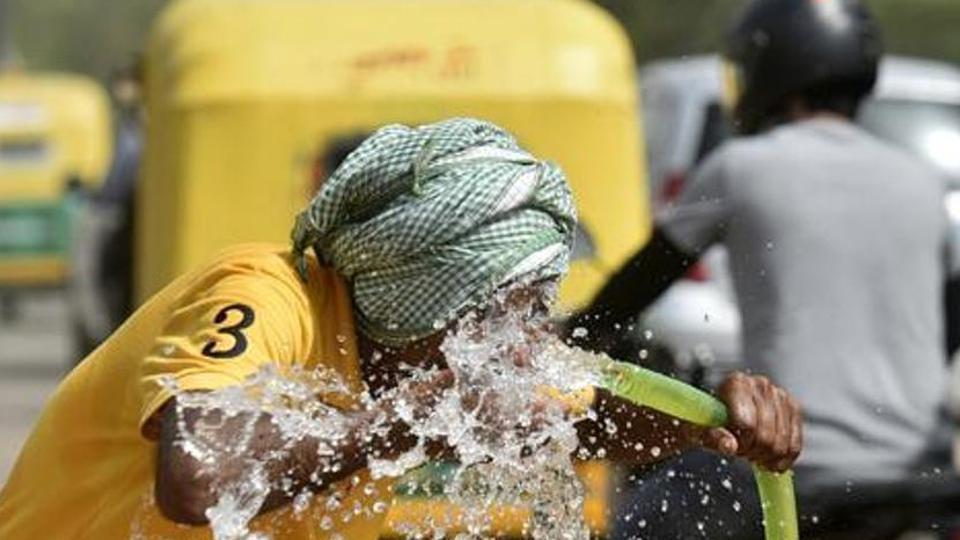
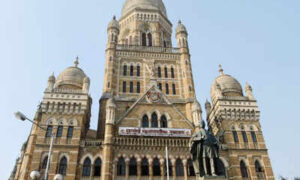

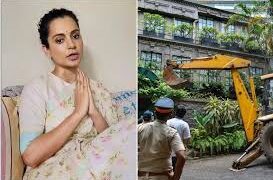

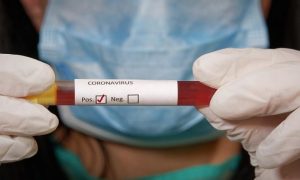





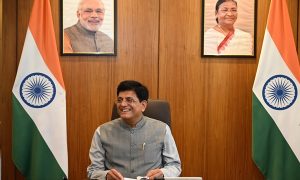



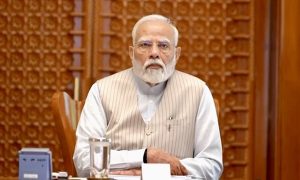





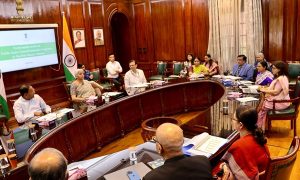



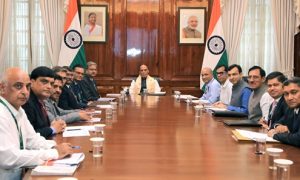

 WhatsApp us
WhatsApp us